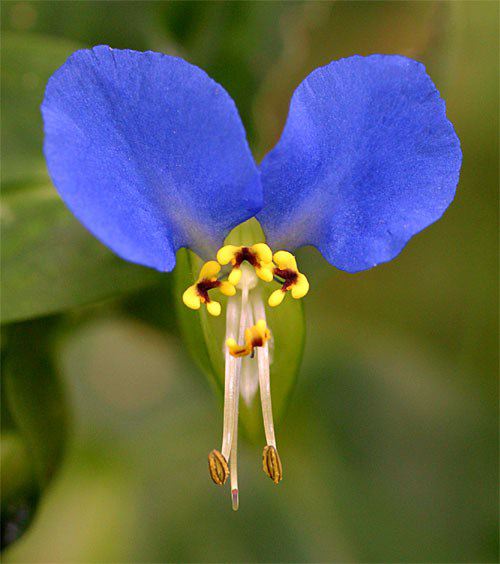
 


and become Forum Supporter. 
Many perks! <...more...>  
 |
«
Previous Thread
|
Next Thread
»
All times are GMT -4. The time now is 02:22 AM.
|
|||||||||||||||||||||||||||||||||||||||||||||||||||||||||||||||||||||
| © 2007 OrchidBoard.com |
Search Engine Optimisation provided by
DragonByte SEO v2.0.37 (Lite) -
vBulletin Mods & Addons Copyright © 2024 DragonByte Technologies Ltd.
Feedback Buttons provided by Advanced Post Thanks / Like (Lite) - vBulletin Mods & Addons Copyright © 2024 DragonByte Technologies Ltd.
Feedback Buttons provided by Advanced Post Thanks / Like (Lite) - vBulletin Mods & Addons Copyright © 2024 DragonByte Technologies Ltd.






















 Linear Mode
Linear Mode


